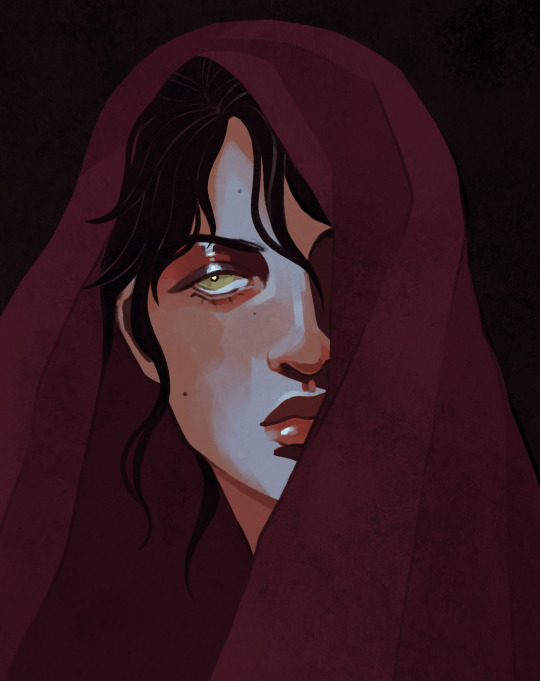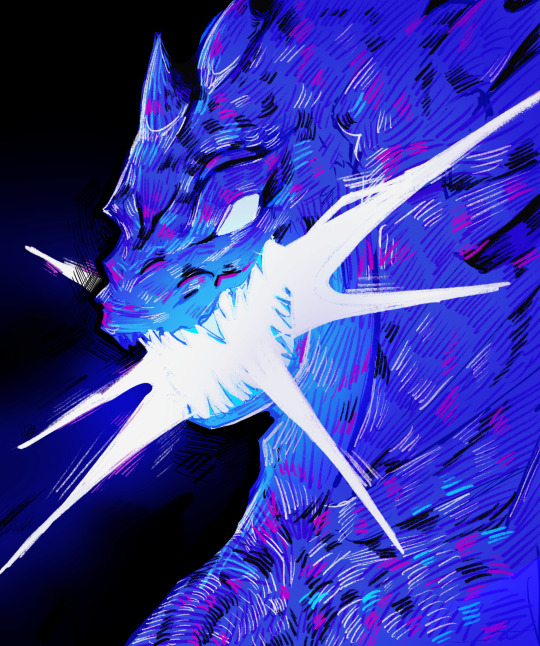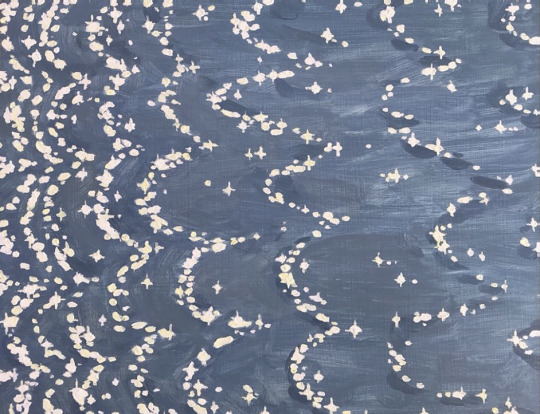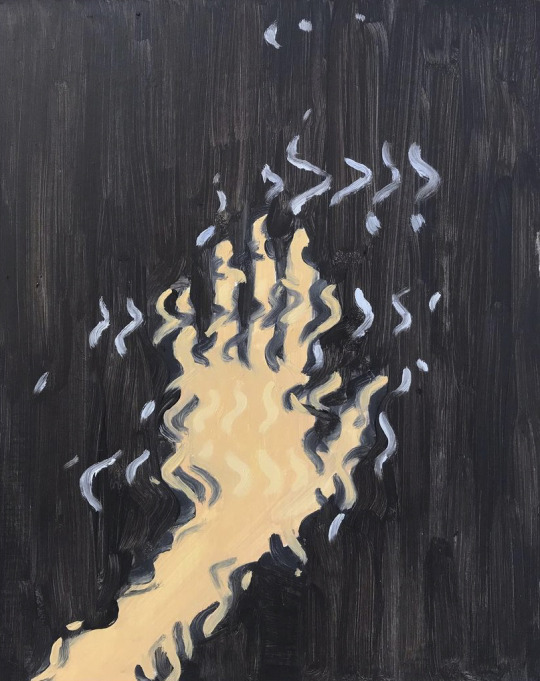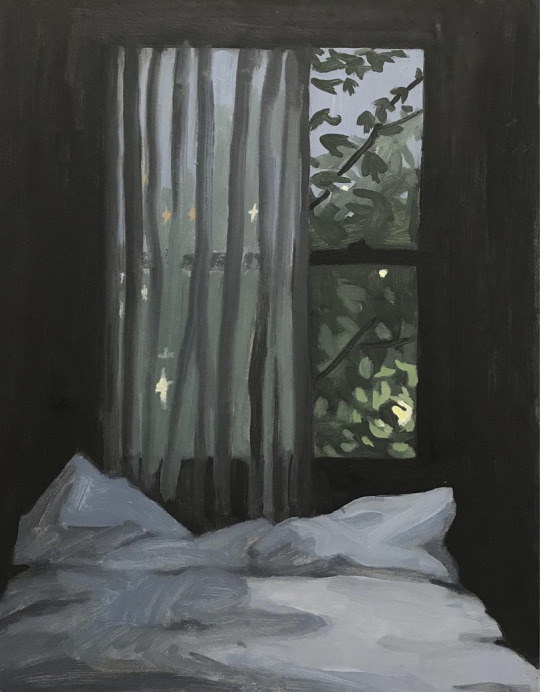augory
50K posts
M | video games, ttrpgs, and sci-fi/fantasy (mostly)
Don't wanna be here? Send us removal request.
Text


Rachel Weisz as Hypatia in Agora (2009)
80 notes
·
View notes
Text
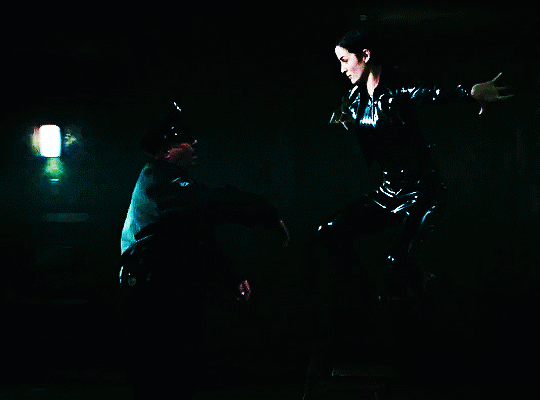

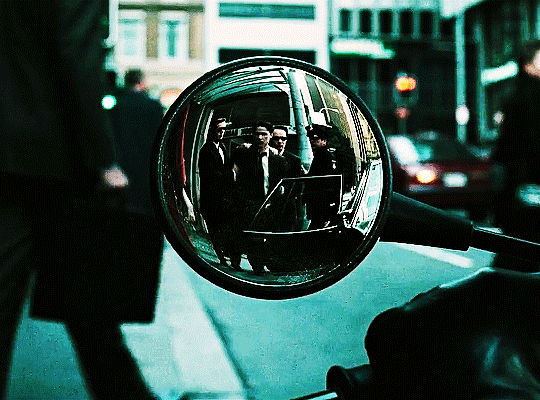

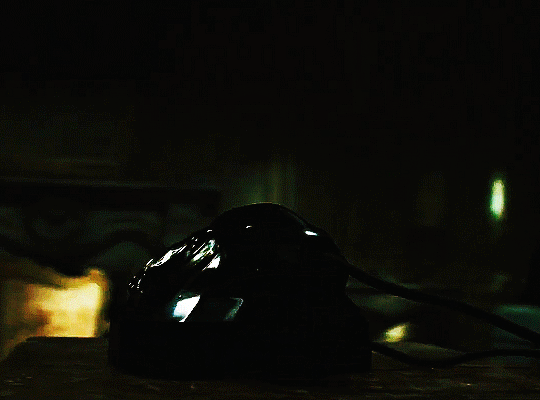
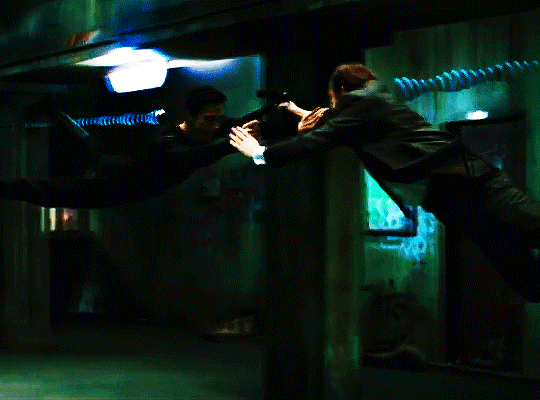
What is real? How do you define 'real'? If you're talking about what you can feel, what you can smell, what you can taste and see, then 'real' is simply electrical signals interpreted by your brain. The Matrix (1999) dir. by the Wachowskis
1K notes
·
View notes
Photo

knight commander
6K notes
·
View notes
Text

Japan's Akatsuki spacecraft, which has been orbiting Venus since 2015, has captured a remarkably clear image of the planet's atmosphere. This image was taken using its infrared camera, revealing detailed features of Venus' cloud structure and atmospheric dynamics
11K notes
·
View notes
Text


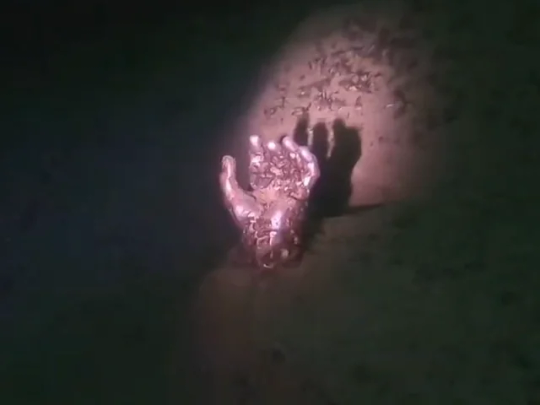
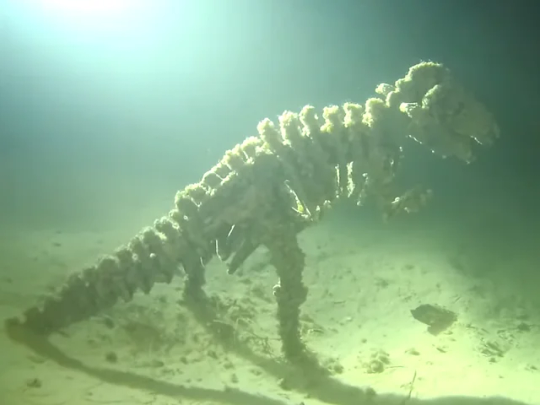
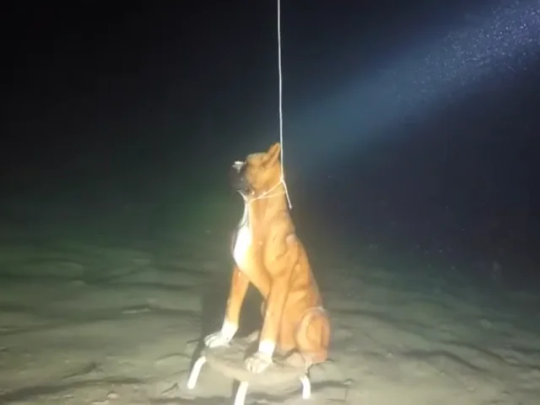


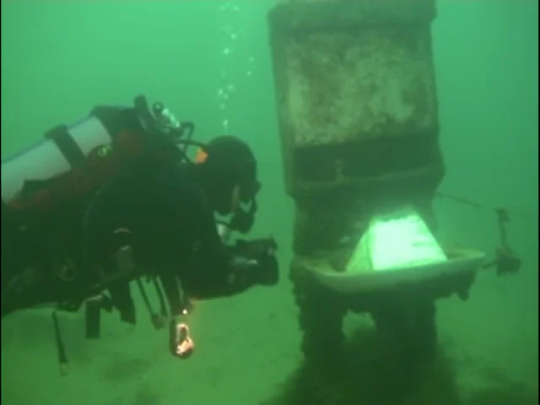

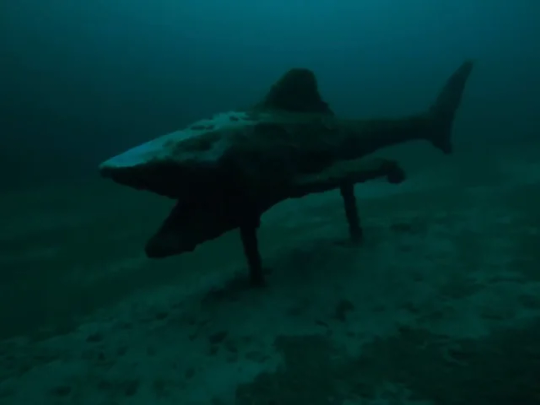

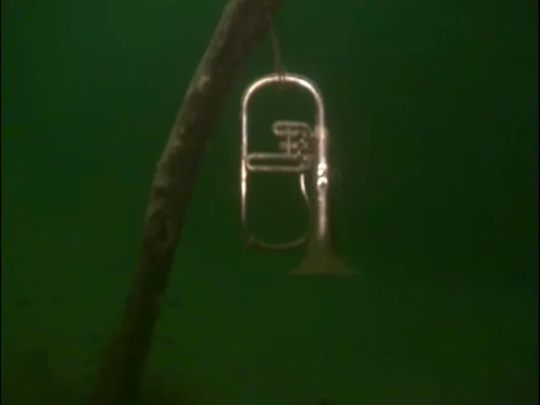


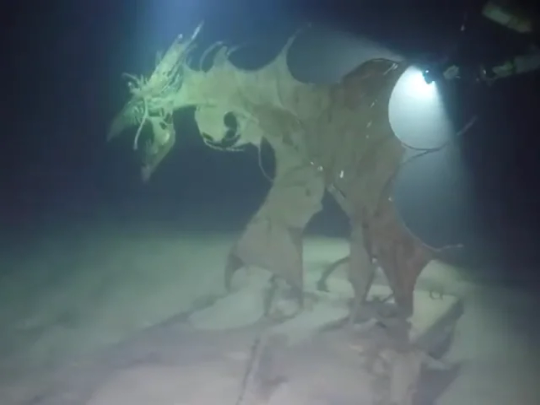
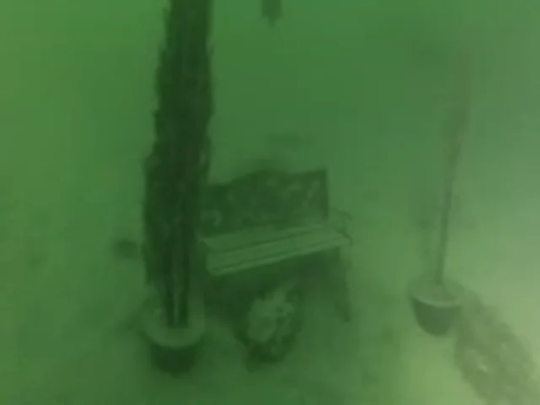
Strange findings lay at the bottom of Lake Neuchâtel. location: Romandy, Switzerland
2K notes
·
View notes
Text



best of johnny 01/???
1K notes
·
View notes
Text
I look like a fucking terf this is my worst nightmare
no…….. NO
2 notes
·
View notes
Text
no…….. NO
2 notes
·
View notes
Photo

The Storr The Old Man of Storr, Isle of Skye, Scotland
by Philip Slotte
3K notes
·
View notes
Text
WHEN ON PERIOD:
do not crash out
your feelings are NOT valid
do not send that text
don't kill yourself. lock in
do not act on negative emotions until at least 2 days have elapsed
71K notes
·
View notes
Text
You see it's quite simple: if they call the earth Gaia, it's fantasy. If they call it Terra, that's sci-fi
54K notes
·
View notes
Text
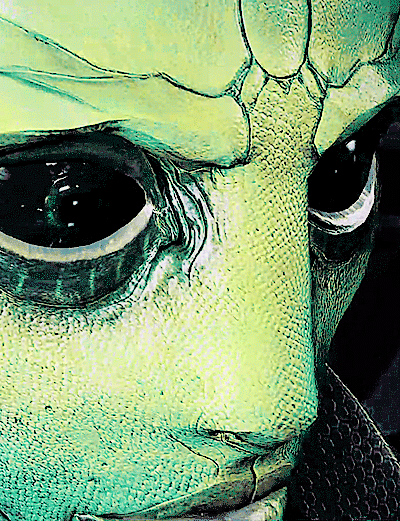



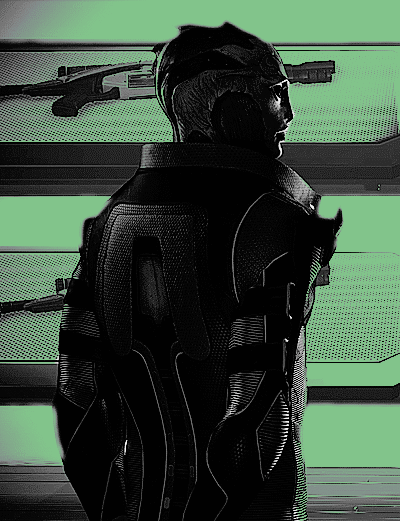

“The measure of an individual can be difficult to discern by actions alone.”
718 notes
·
View notes
Text


Wyll Ravengard in Baldur's Gate 3 (2023).
248 notes
·
View notes

